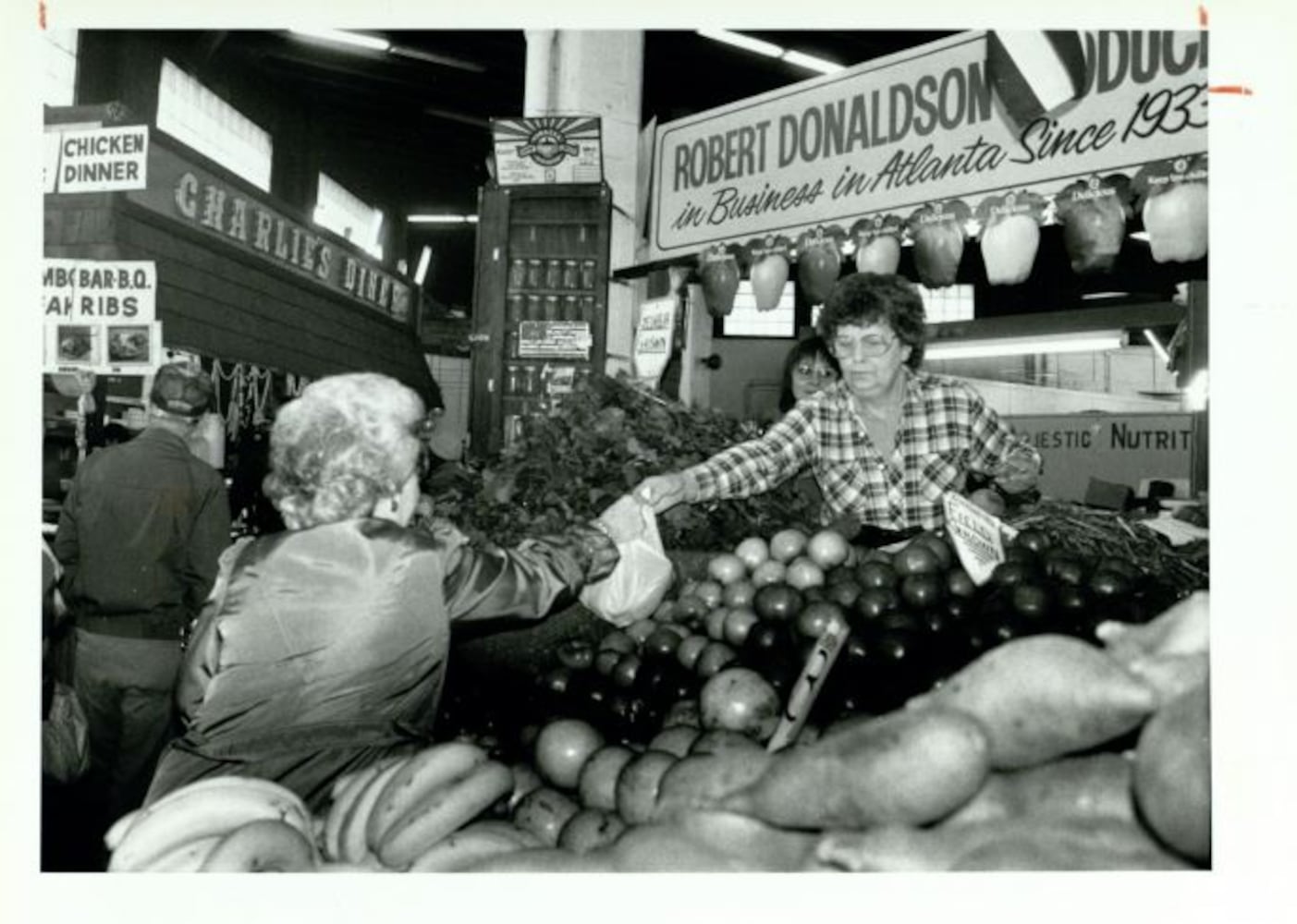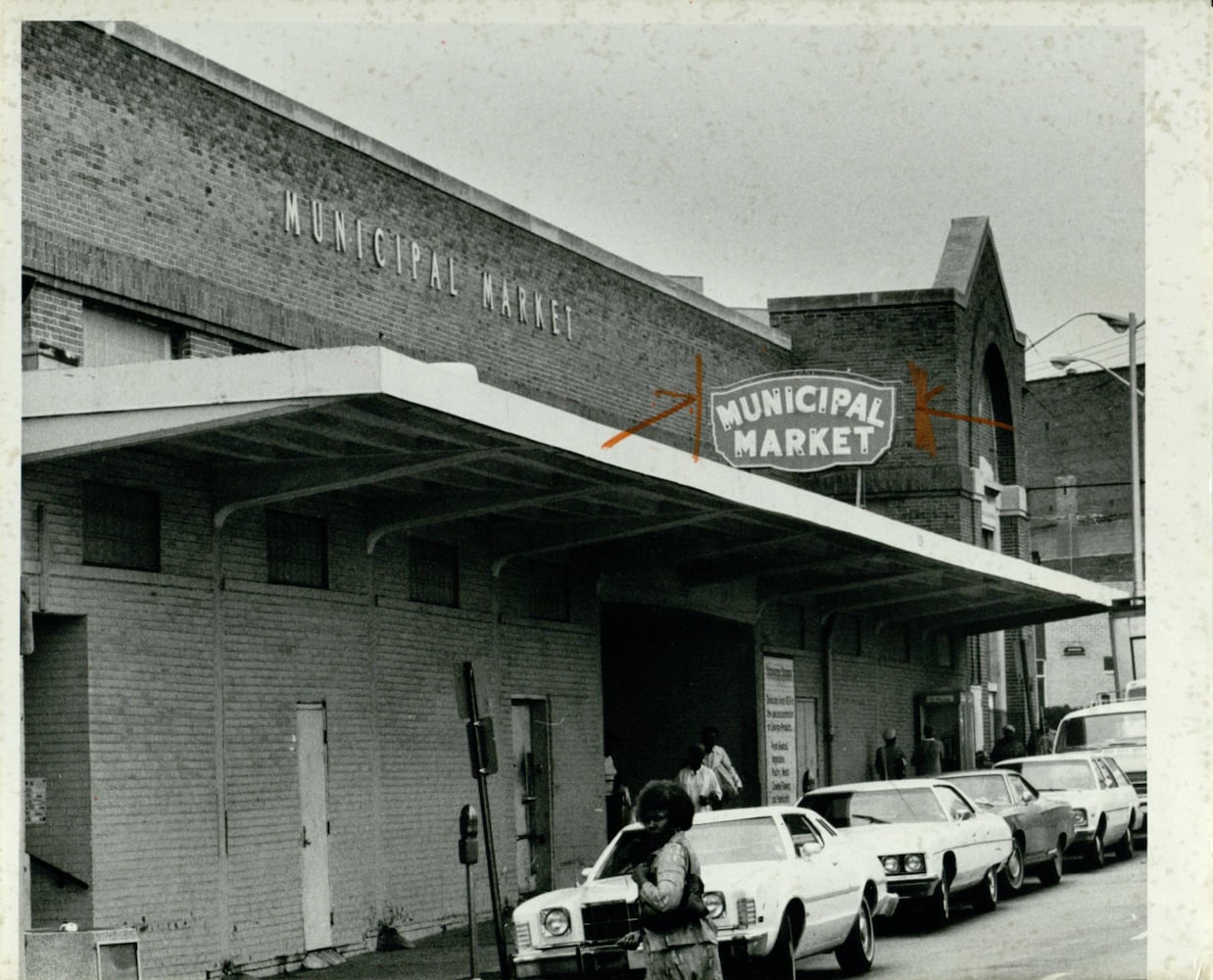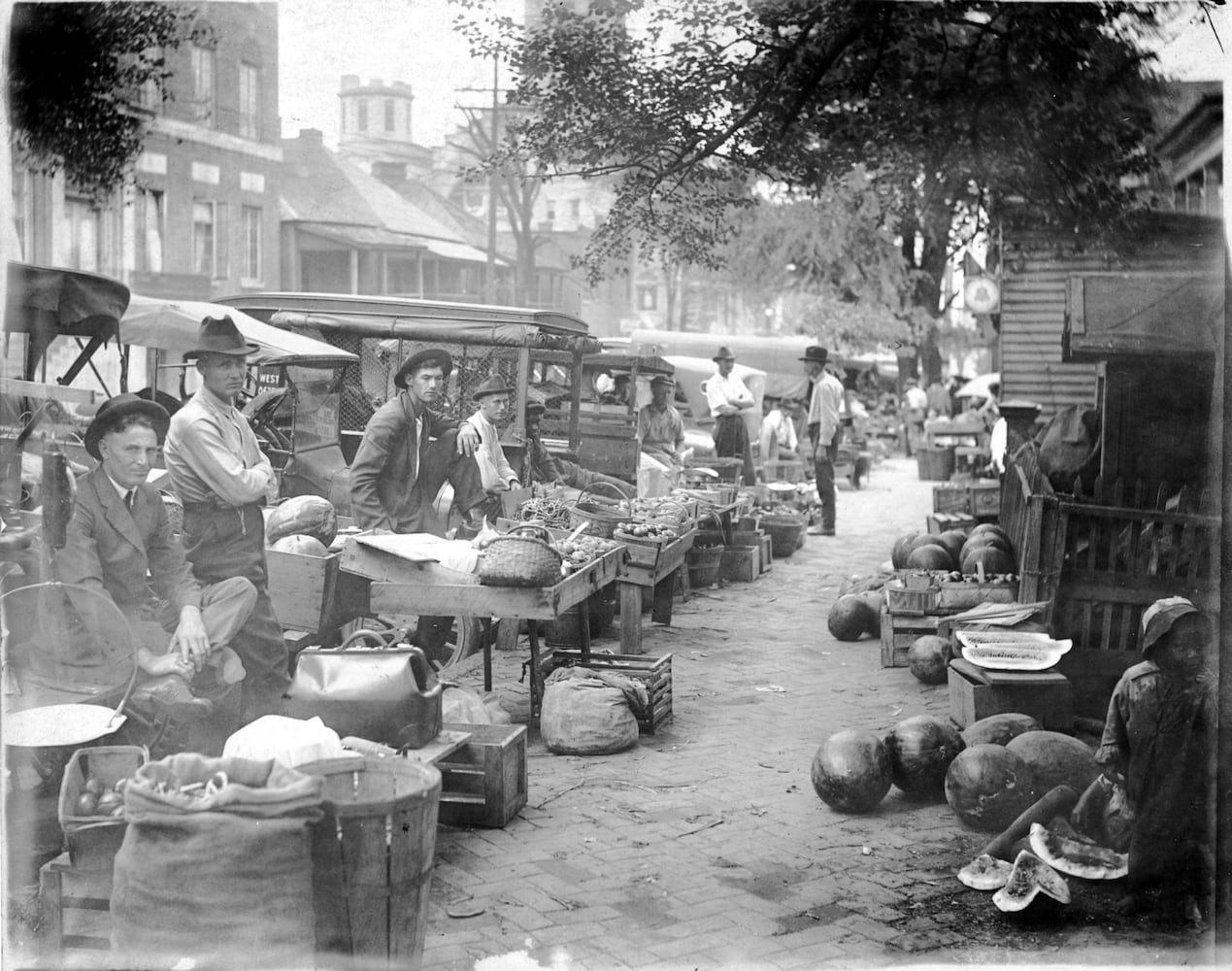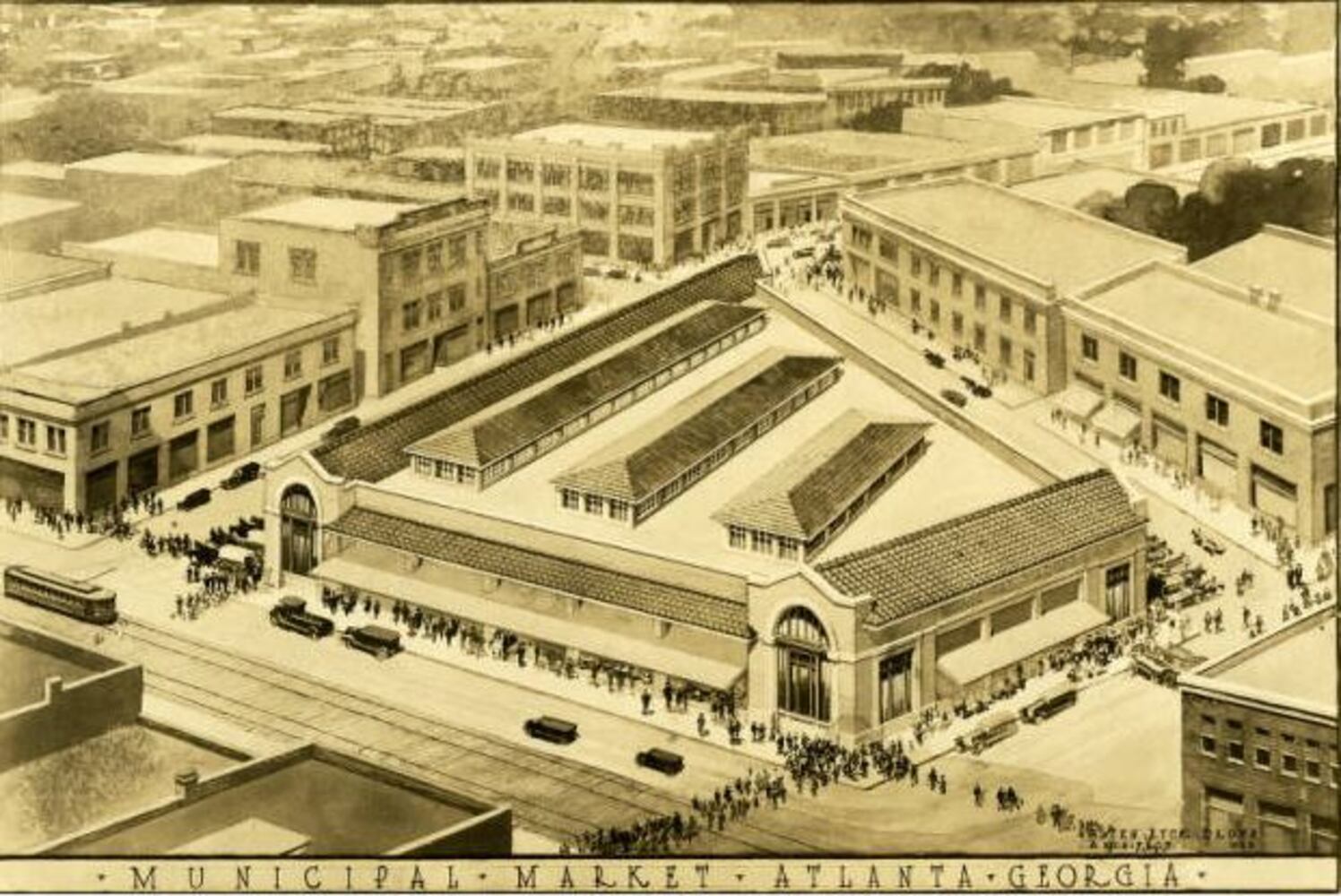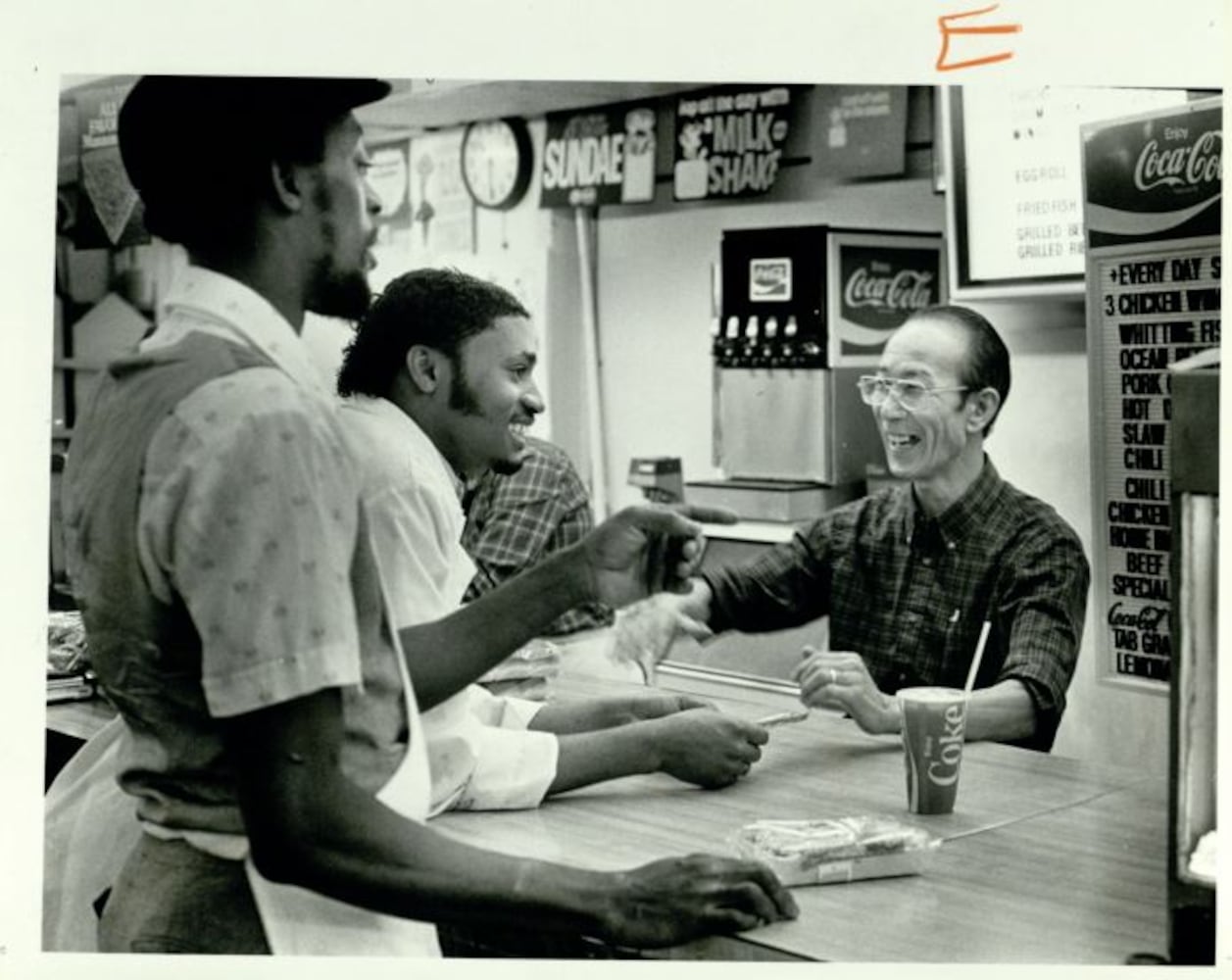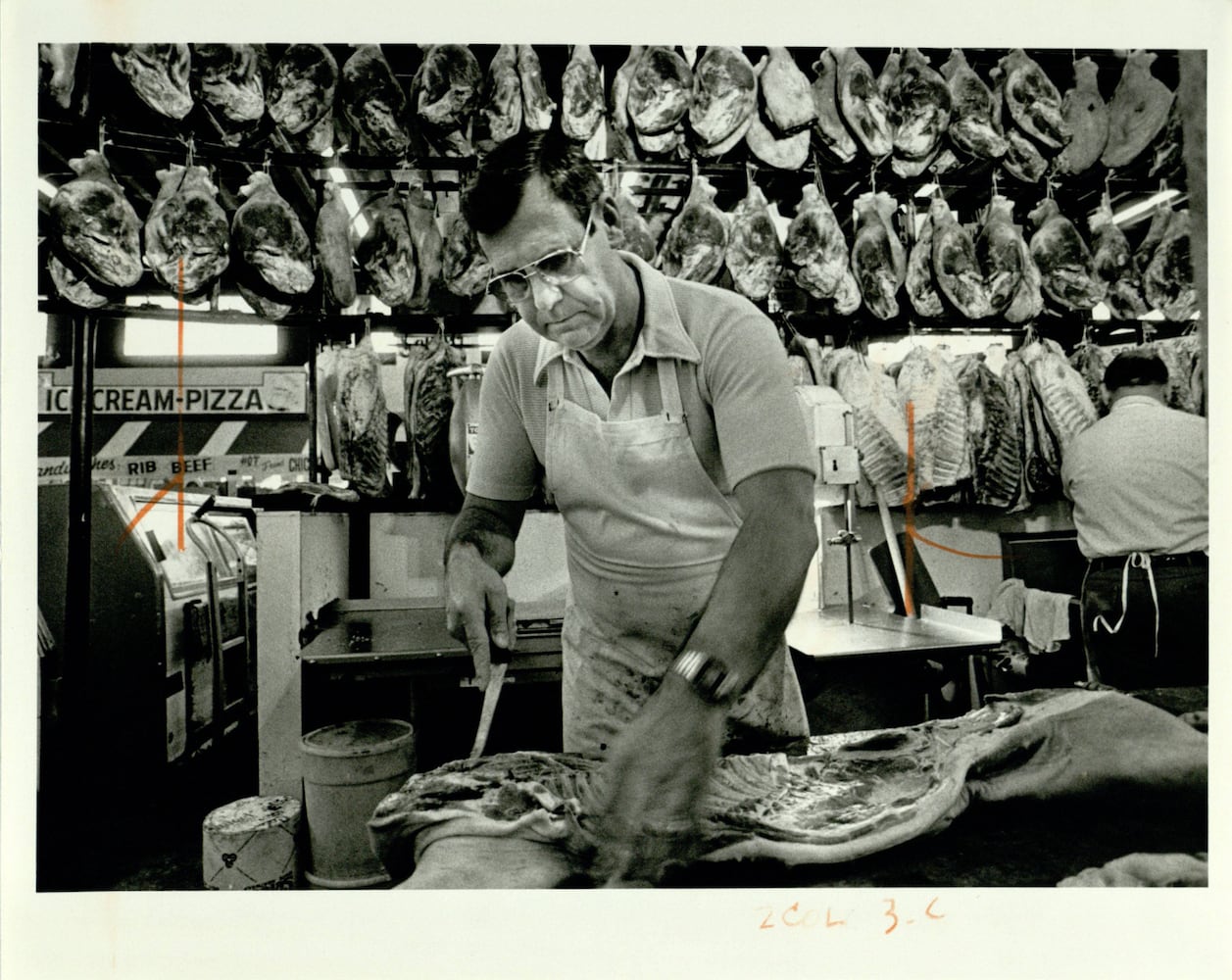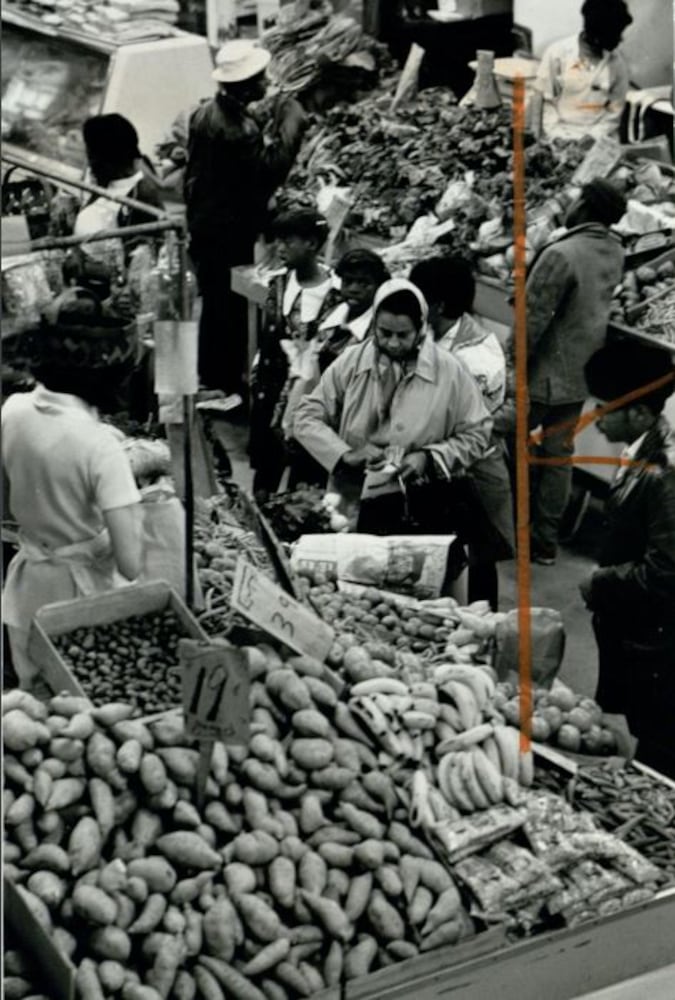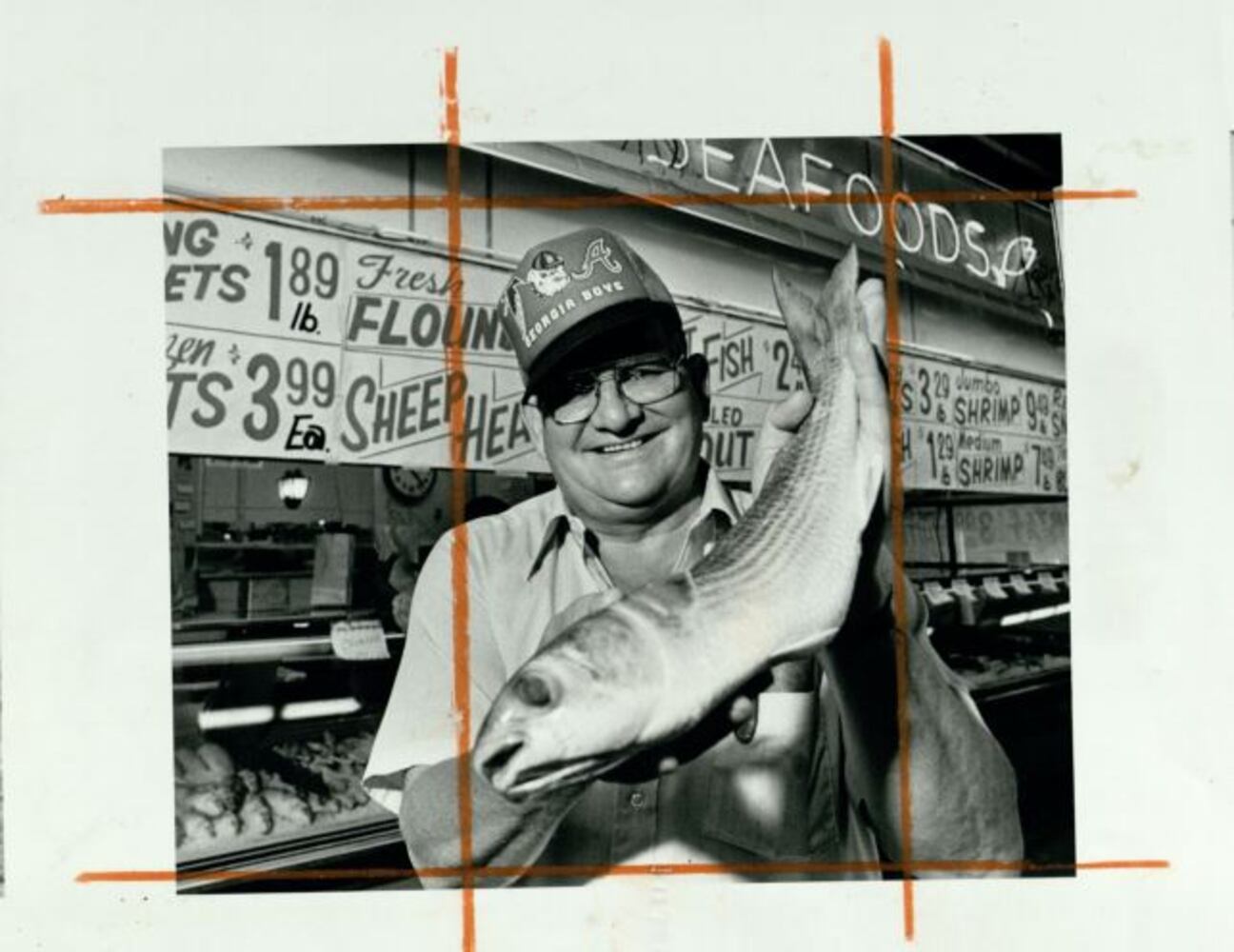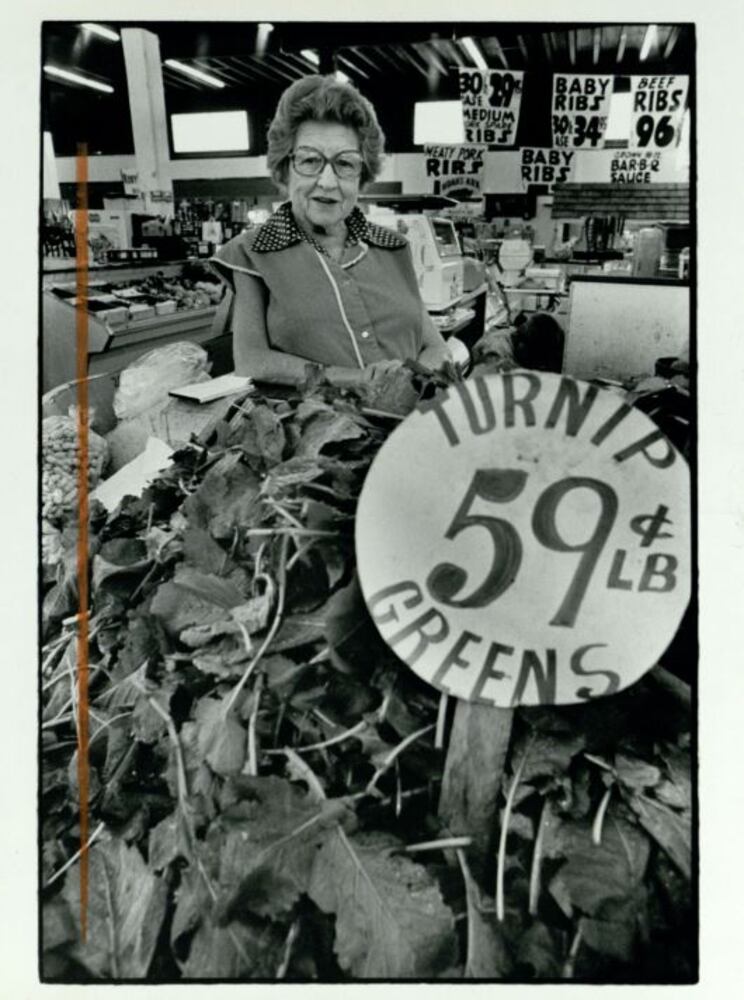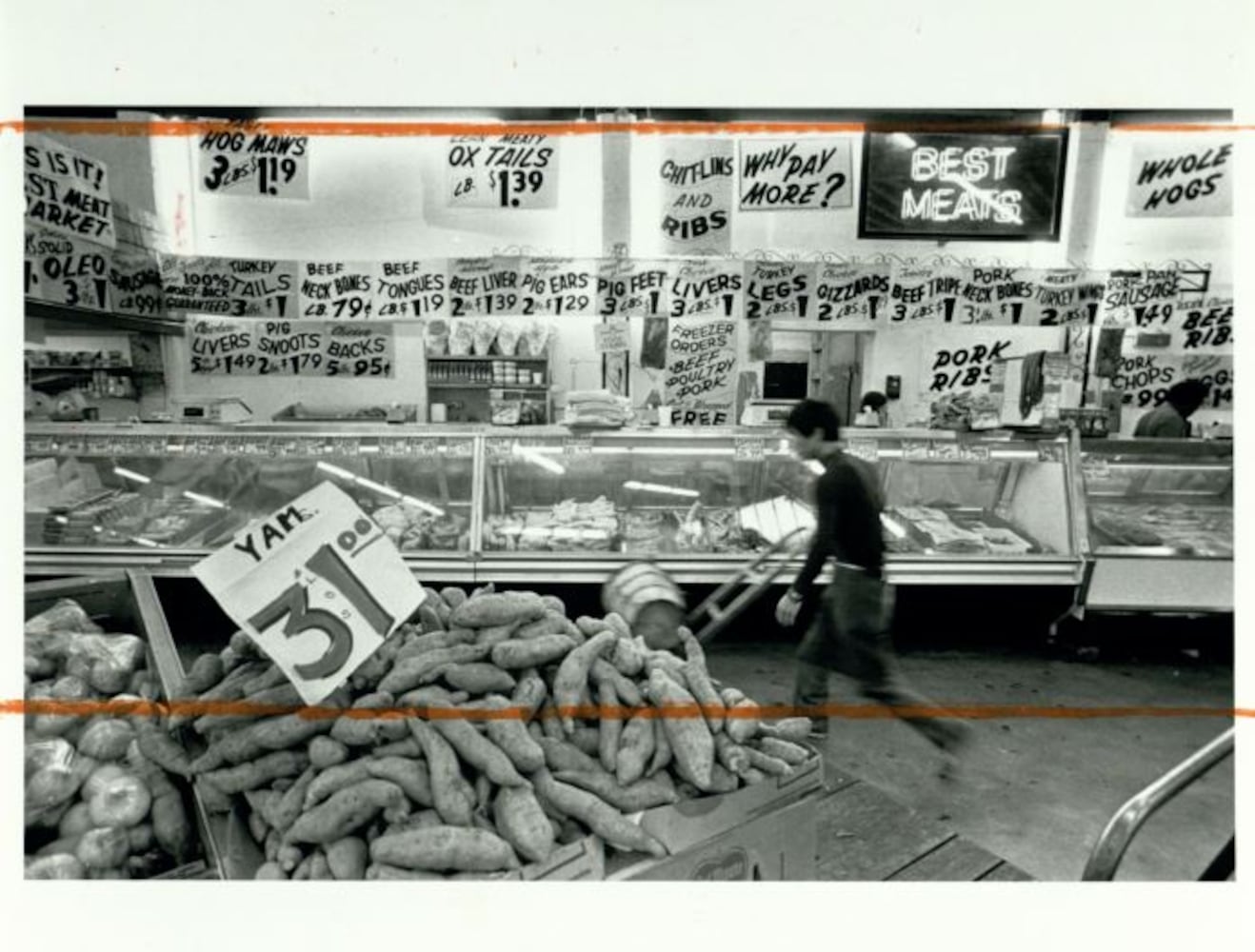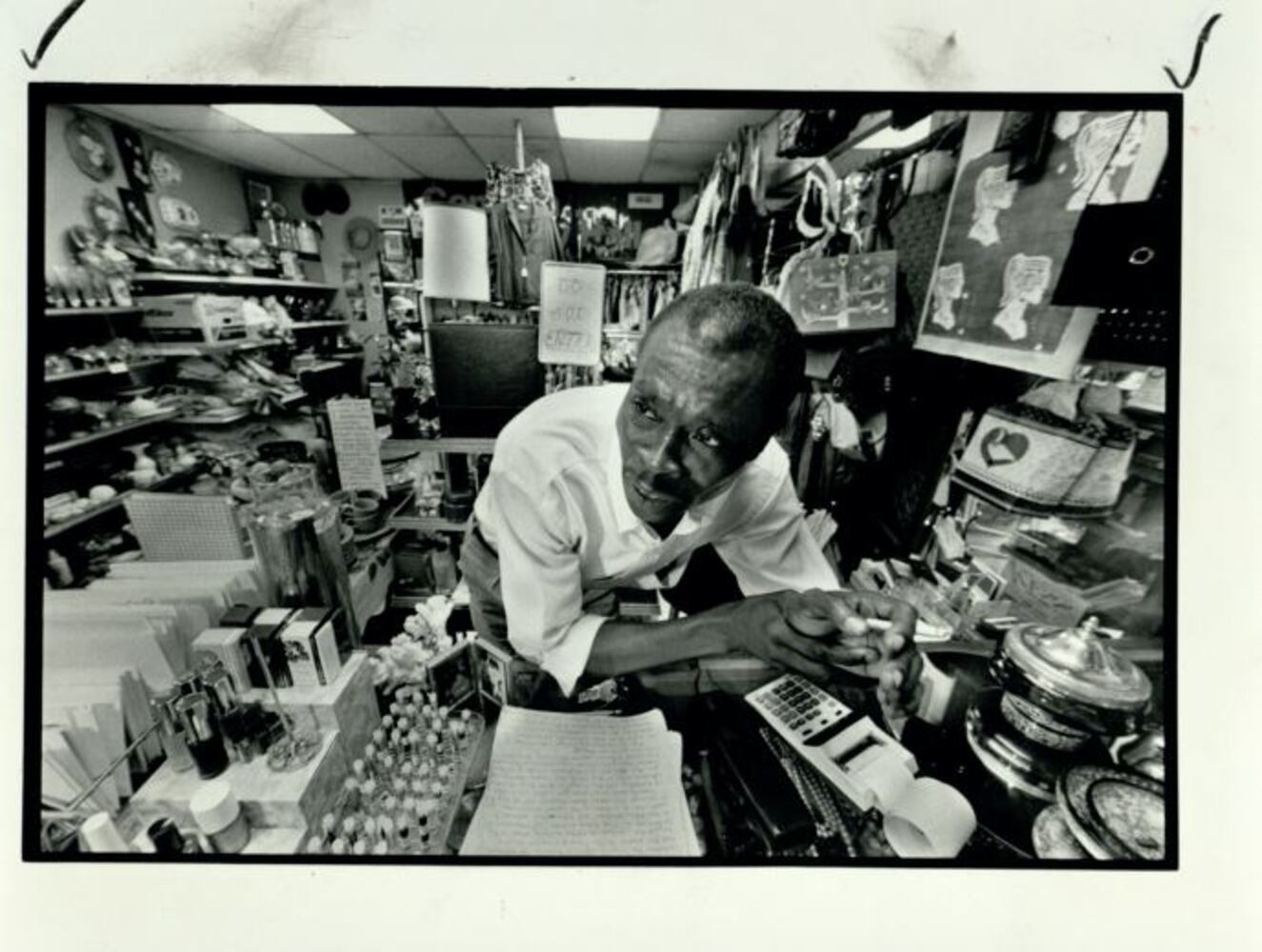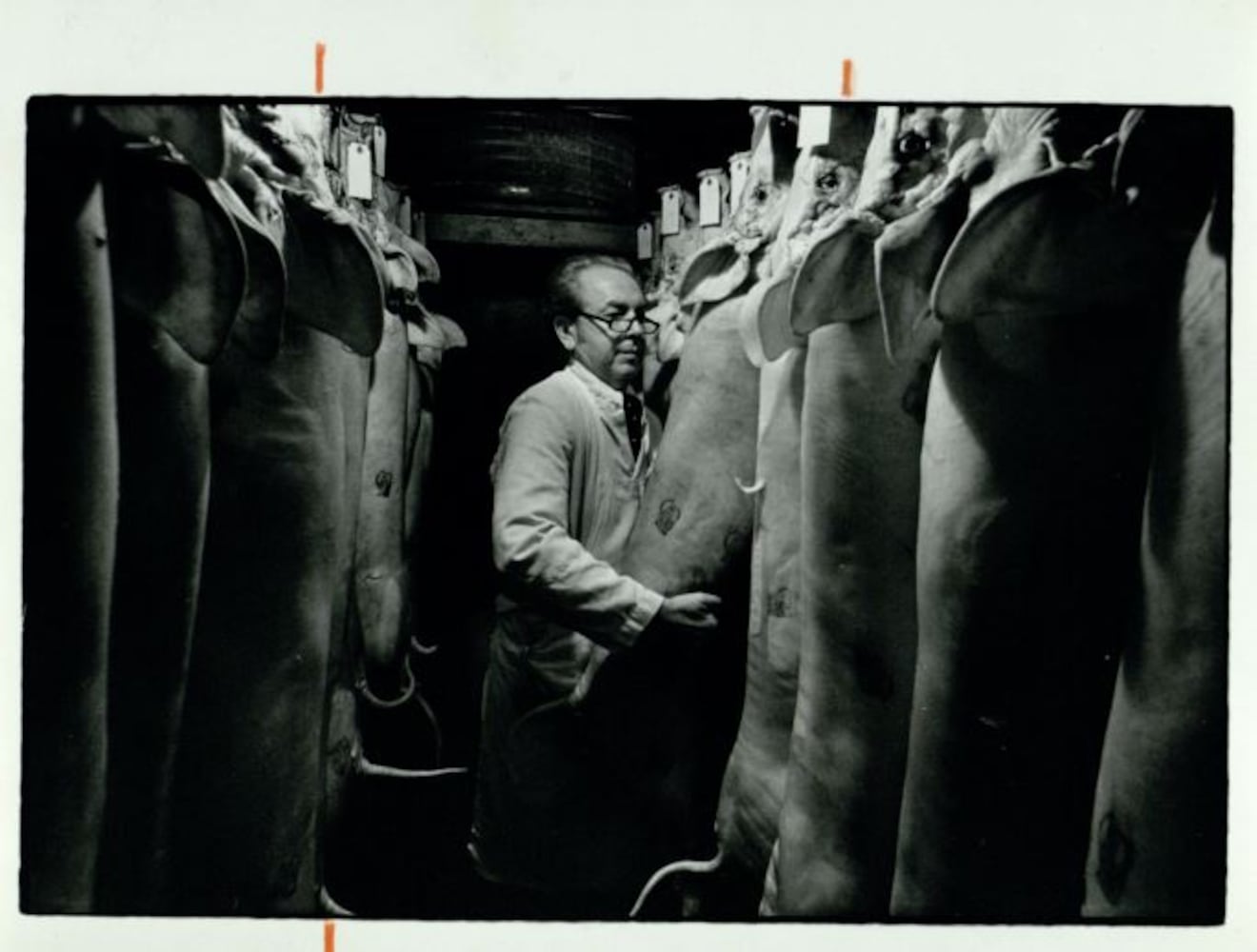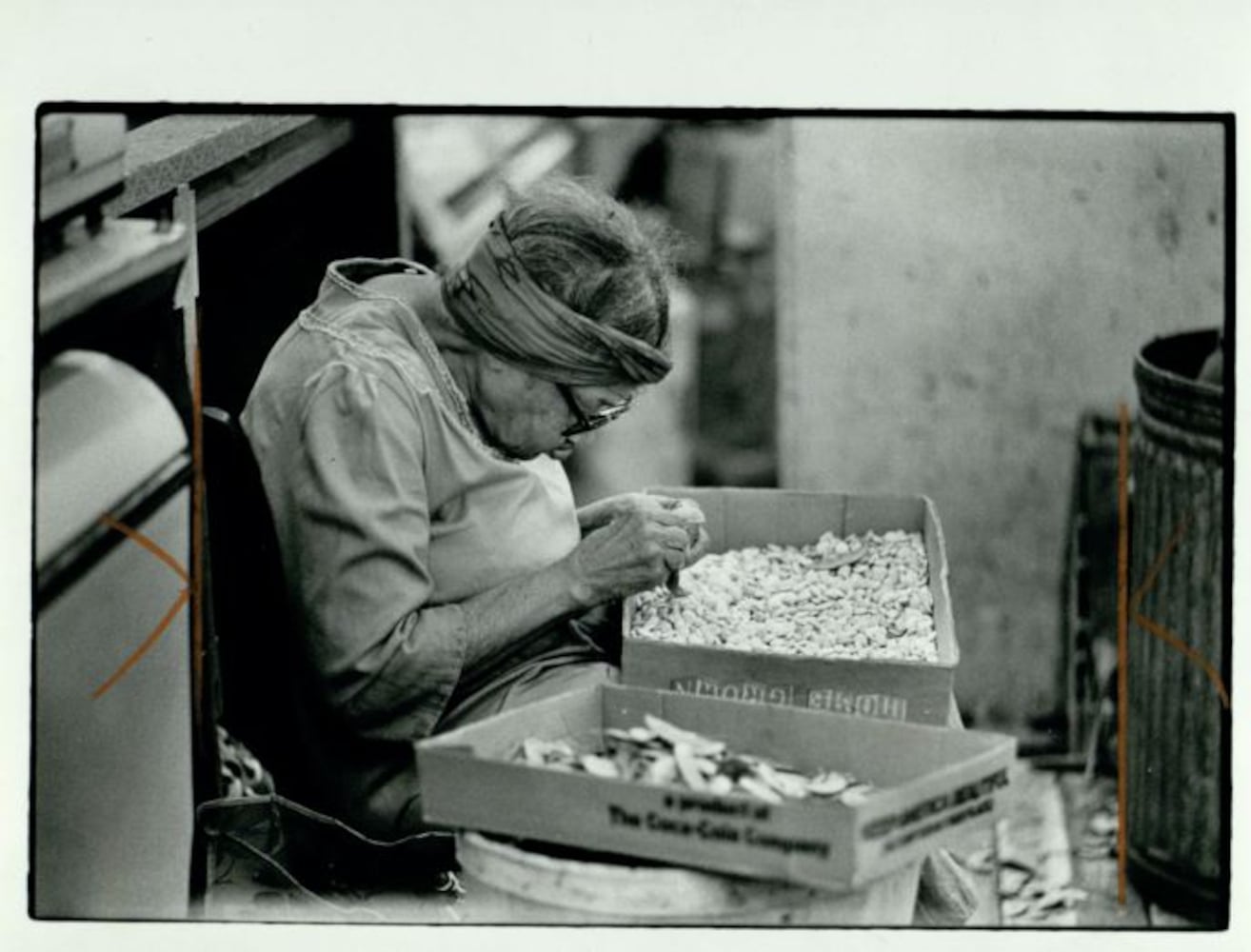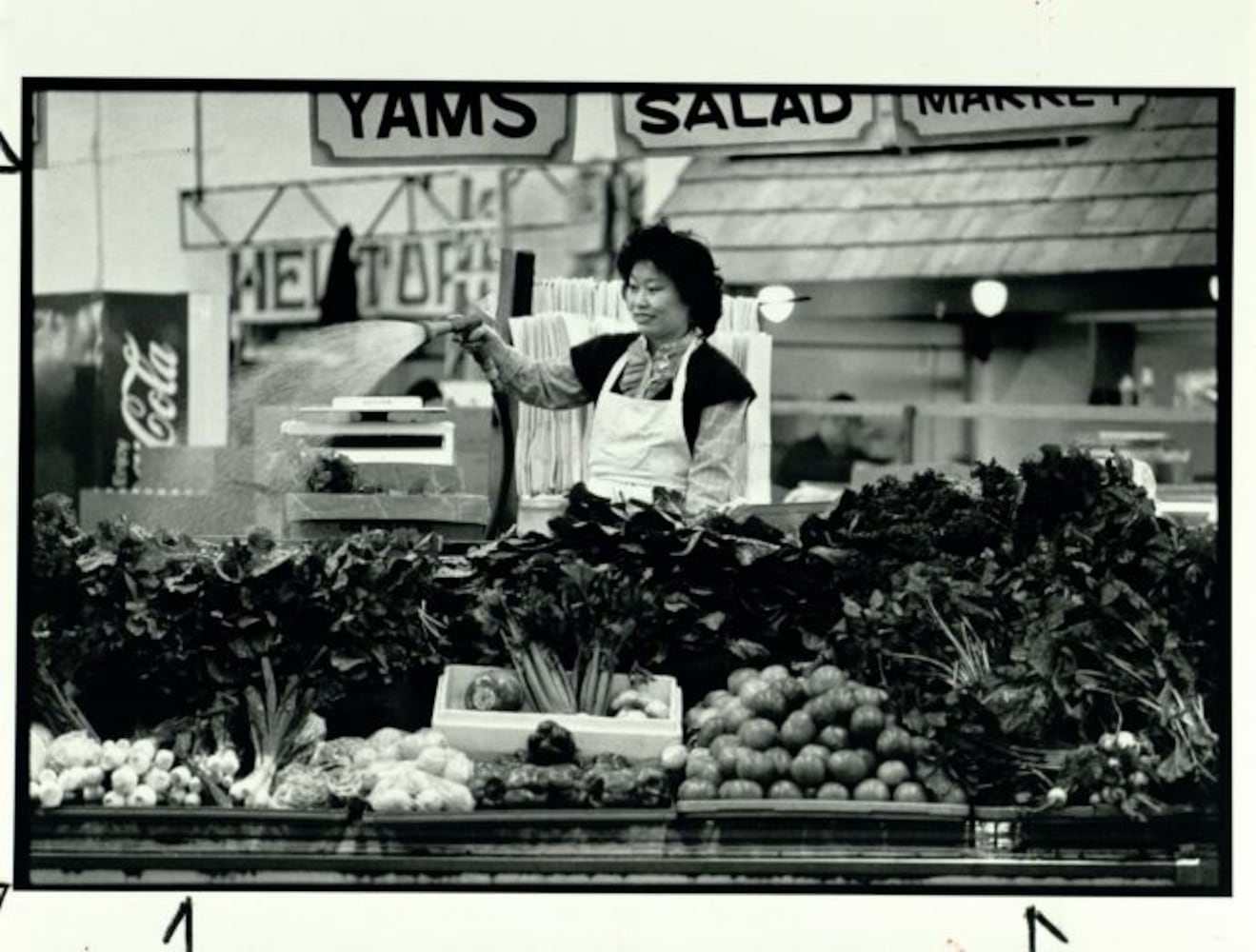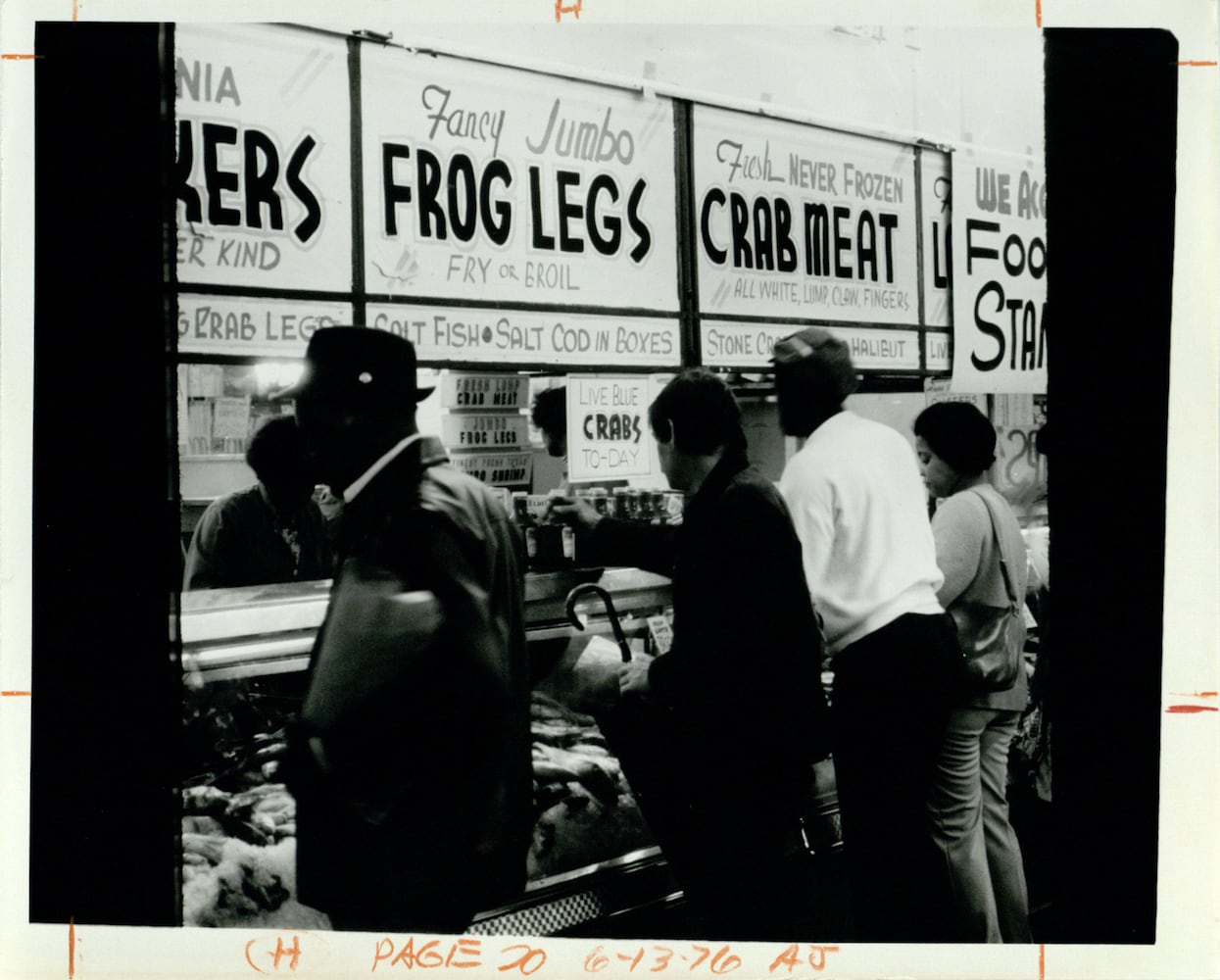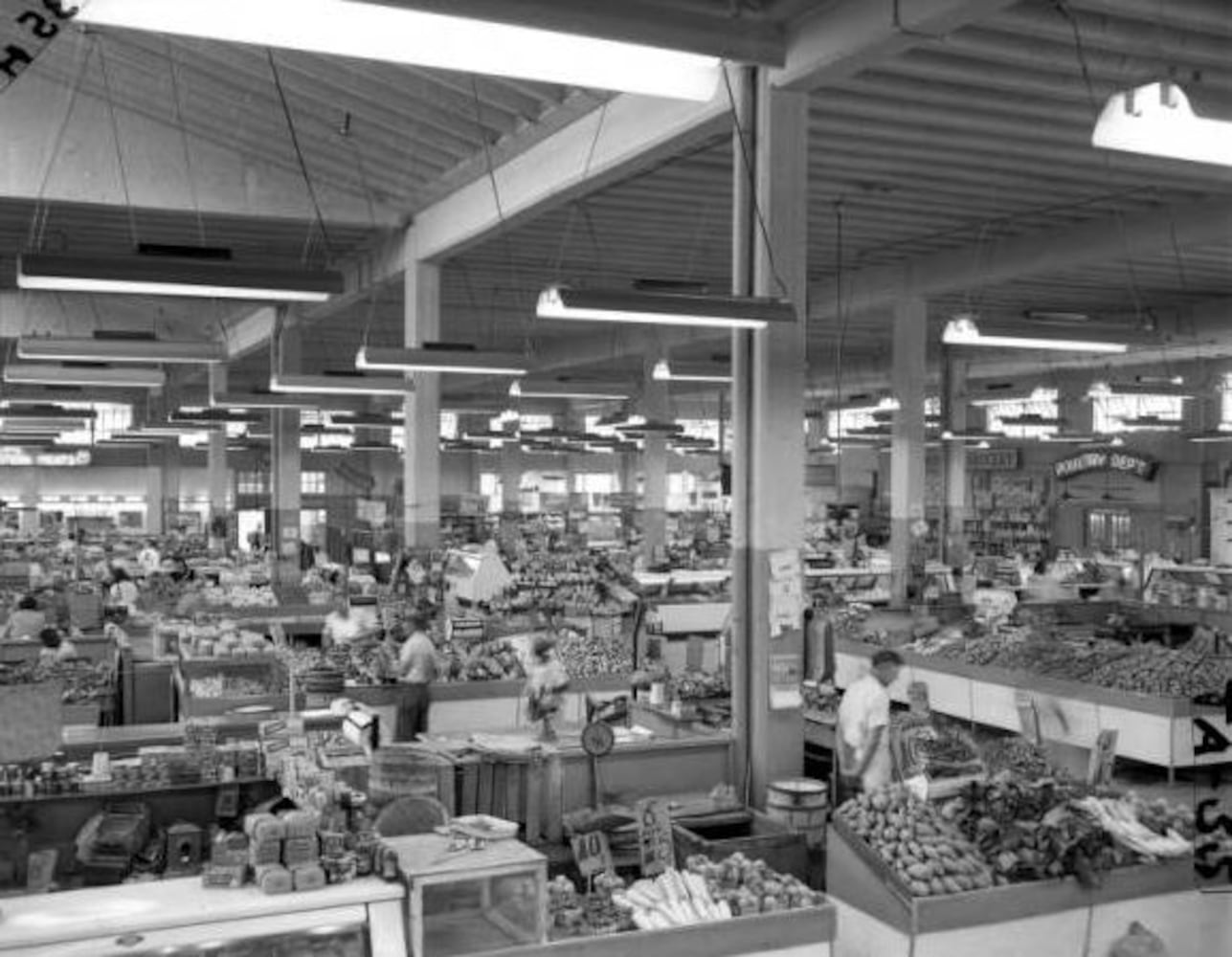At Atlanta’s Municipal Market on Edgewood Ave just outside downtown, Farrah Abdi knows most of his customers by name.
The owner of Tilapia Express greets his regulars as they come in for lunch, many of them Grady Memorial Hospital nurses or Georgia State University professors and students. His colorful booth ― checkered with white, yellow and green — has been dishing up fresh seafood for 23 years.
“I’ve made a lot of friends in this area,” he said. “That is what this market does for everybody in this neighborhood.”
The Municipal Market is also known as the Sweet Auburn Curb Market, recalling a time before integration when Black residents were only allowed to shop on the curb. The beloved community hub has survived the Great Depression, multiple wars, the Great Recession and the COVID-19 pandemic.
Photos: The Market through the years
RELATED: Sweet Auburn Historic District is gateway to Martin Luther King’s Atlanta
On Friday, city leaders, community members and vendors gathered to celebrate an impressive milestone: 100 years of the market providing fresh food for its neighborhood, Atlantans and visitors who come from around the world.
“To reach 100 in this city of all these new things is special,” Atlanta Mayor Andre Dickens said. “It has greatly impacted our communities, meeting a crucial need.”
Dickens called the market a “beacon of hope” that emerged from the Great Atlanta fire of 1917 that lasted for almost half a day and left 10,000 people homeless. In the wake of destruction, farmers brought produce and livestock to sell to city residents under the shade of a gigantic tent.
Today, more than 30 vendors line the walkways and sell anything from gelato to soul food. Lisa Hernandez, owner and chef at Arepa Mia, started outside on the corner with a small sign selling arepas for $5. She followed in the footsteps of her mother, who sold the same items on the streets of Venezuela when Hernandez was growing up.
“I am so grateful that the market gave me the opportunity to open my business,” she said. “It’s been a roller coaster, but a fun roller coaster.”
Hernandez is among the vendors who say they feel like they’re part of Atlanta’s history. She recalled meeting civil rights icons including the late U.S. Rep. John Lewis, who visited her stall.
“To be here is a dream come true,” she said.
Credit: arvin.temkar@ajc.com
Credit: arvin.temkar@ajc.com
The market is on track to get a much-needed refresh after Invest Atlanta — the development arm of the city — approved $775,000 in tax allocation district funds to go toward redesigning vendor booths to hopefully draw more foot traffic.
Around $275,000 will be used for a new vendor success program to help small businesses grow. Many of Atlanta’s iconic restaurants like Grindhouse Burgers Killer Burgers and Bell Street Burritos got their start at the market.
“These are special moments for our city, to be able to sit and look back in history and the important things we’ve done,” said Josh Humphries, the market’s board president. “But not stop there and continue to think about what the future looks like for the market and the revitalization of downtown.”
Atlanta City Council member Liliana Bakhtiari will introduce legislation at the council’s next full meeting to dedicate an additional $500,000 for physical improvements to the building. Dickens said the money is a long time coming, since the last significant investment made to the market by the city was more than three decades ago.
Credit: arvin.temkar@ajc.com
Credit: arvin.temkar@ajc.com
The market revamp also plays a key role in reaching the first-term mayor’s lofty goals to address food access disparities. City officials hope that by the end of next year, more than 85% of Atlanta will live within a half mile of fresh, affordable food. That number currently stands at about 76%.
“The market fulfilled that role long before terms like ‘food insecurity’ even existed,” he said.
Bakhtiari, who represents the council district that is home to the market, said she grew up running through the stalls past glass windows stocked with meats and produce. Her father’s pharmacy, Express Drugs, sits just across the street.
“It is a huge honor to be here at the century-marking of a space that helped raise me,” she said. “This space has been my home for a very long time.”
About the Author
Keep Reading
The Latest
Featured
